Official American Heart Assoc. Training Site
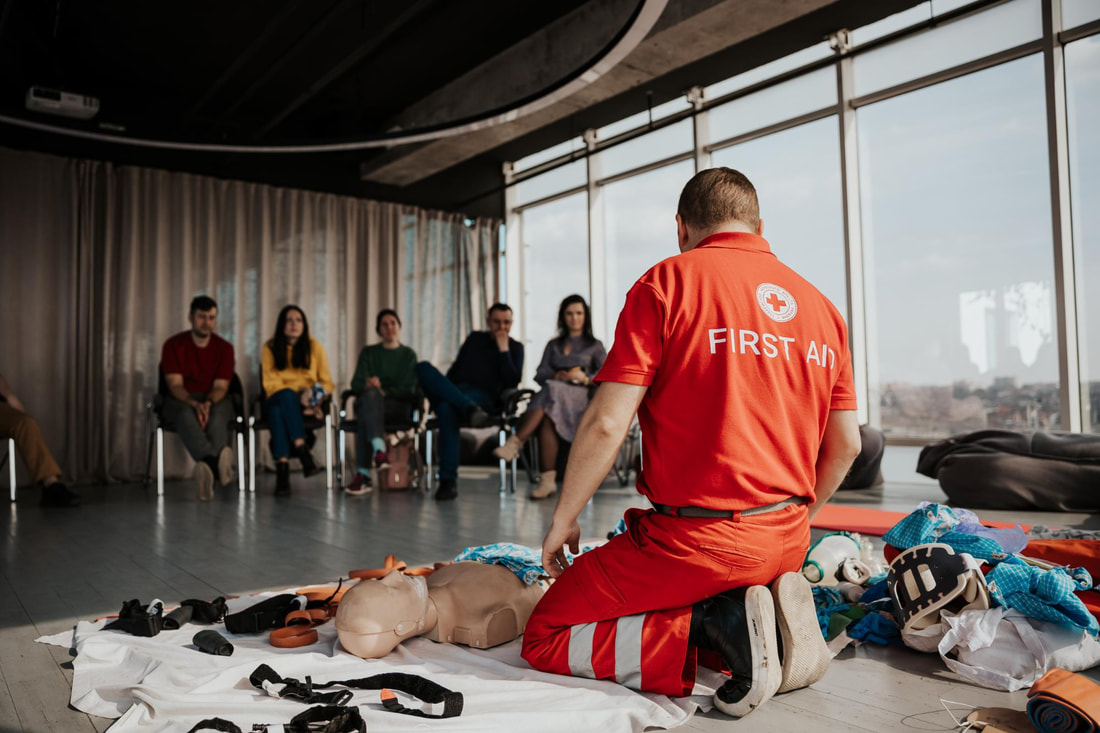
If a family member or co-worker went into cardiac arrest, would you be ready to react and deliver CPR?
Results of a recent survey show that although 9 out of 10 people are aware that performing CPR improves a person’s chance of surviving cardiac arrest, 2 out of 5 aren’t comfortable performing the potentially lifesaving technique. The online survey, commissioned by the American Heart Association, sampled more than 1,000 U.S. adults. A quarter of participants said they would “always” perform CPR to assist someone in need. As for the 40% of participants who said they wouldn’t perform CPR, a lack of CPR / first aid training or knowledge was the No. 1 reason why, cited by 60% of the group. That was followed by the fear of hurting someone or facing legal consequences and fear of contracting COVID-19. Other findings: Twenty-five percent (25%) of the respondents said they weren’t aware of Good Samaritan Laws, which offer legal protection to anyone who gives reasonable assistance to someone who is in peril or injured. Seventy-eight (78%) agree that CPR training should be offered at job sites. The AHA (American Hear Association) says more than 350,000 cardiac arrests occur outside of a hospital each year in the United States, and CPR – especially if immediately performed – can double or triple a person’s chance of survival. Additionally, fewer than half of people who experience cardiac arrest outside of a hospital receive CPR. That’s why, in part, the AHA in 2009 launched a Hands-Only CPR campaign, to teach people two simple steps if a teen or adult suddenly collapses: call 911 and then press hard and fast in the center of the chest. “The data in this survey shows that most adults understand that CPR saves lives but identifies a real gap in the willingness to actually be the one to deliver the lifesaving assistance, ” Anezi Uzendu, a cardiologist and an AHA volunteer expert, said in a press release. Contributed by: Go CPR NY 6400 Saunders Street Rego Park, NY 11374 (718) 785-5559 http://www.gocprny.com
Picking the right organization for your First Aid, CPR/AED certification training is vital. You need a quality class from a professional instructor who knows your needs.
General First Aid, CPR, and AED certifications are made for the average person who wants to learn how to assist someone facing a medical emergency until professional help is available. Anyone can learn to help with the proper training. There is no doubt that knowing CPR is important for anyone of almost any age. Certification courses are available for both individuals and for workplaces. If you are looking for a workplace provider, you can choose between on-site blended learning or off-site training options. Once you find the proper certification partner, you can contact them to set up the training delivery options and courses that are proper for your workplace. CHOOSING THE RIGHT CPR/AED CERTIFICATION COURSE: Top First Aid, CPR, and AED certification providers train you to give the latest emergency assistance techniques. High-quality certification courses allow you to practice and demonstrate the skills you’ve acquired in the presence of a certified instructor. It’s necessary to evaluate any First Aid, CPR, or AED certification provider before choosing one. Among the most respected training courses are those made by the American Heart Association or the American Red Cross. As one of the American Heart Association’s largest training collaborators, Cintas trains and certifies more than 300,000 people in First Aid, CPR, and AED each year. Top certification course providers must also staff your class at an adequate level. You should expect a low student to instructor ratio and a low student to practice mannequin ratio. WHAT’S THE DIFFERENCE BETWEEN FIRST AID, CPR, AND AED CERTIFICATION? First Aid, CPR, and AED certification courses all teach you how to react to medical emergencies, but each emphasizes different skills. First Aid Certification trains you to evaluate and react to multiple general medical emergencies until first responders arrive. Through first aid certification training, you’ll understand how to recognize and respond to minor medical emergencies such as a small burn or cut, or more serious ones, like a broken bone. CPR and AED certification courses train you to help someone having a cardiac event or to assist a person who has stopped breathing. CPR stands for Cardiopulmonary Resuscitation. AED is Automated External Defibrillator. CPR certification training involves teaching you to identify a person suffering from cardiac arrest. You’ll understand proper chest compression techniques, and how to help the victim to restart breathing. AED certification training will show you how to know your way around an AED machine. An AED works by delivering electric shocks to the heart. You’ll also understand how to prepare a victim for the shock and how to properly administer and evaluate it. CERTIFICATIONS RECOMMENDED PER INDUSTRY: There are multiple types of First Aid, CPR, and AED certifications depending on your needs. They include: First Aid Certification: trains you on the basics of the most popular first aid emergencies, including how to recognize them, how to call for help, and how to perform lifesaving skills. CPR/AED Certification (Cardiopulmonary Resuscitation): trains you on how to recognize cardiac distress, perform high-quality CPR and use AED equipment. BLS Certification (Basic Life Support): trains medical professionals in more advanced CPR to assist in breathing and cardiac emergencies for adults, children, and infants.
GO CPR NY is an official training site for the American heart association that offers high quality emergency cardiovascular care programs (ECC) to healthcare providers, community and workplace based rescuers throughout New York City.
Contributed by: Go CPR NY 6400 Saunders Street Rego Park, NY 11374 (718) 785-5559 http://www.gocprny.com
In 1891, Dr. Friedrich Maass executed the first recorded case of chest compressions on an individual with cardiac arrest. Since then, CPR (cardiopulmonary resuscitation) procedures have varied slightly and guidelines are constantly being updated. After years of perfecting the technique to save as many lives as possible, technology to perform CPR hands-free emerged. The mechanical CPR machine is designed to perform just as well, if not better, as a human during CPR. Studies suggest however that this may not be the case.
The idea behind a mechanical CPR machine actually makes a lot of sense. If a mechanism were to be perfected that could replace human error when performing CPR, more people would survive. While people can become fatigued after performing CPR for an extended period of time, the machine can last for hours at a consistent rhythm. With the machine, one can control compression depth and it can be paused at any time. Once turned on, the mechanism will begin to thrust its massager pad into the patient’s sternum and CPR will have begun. While this sounds remarkable, and the machine has been able to save multiple lives, research shows that a hands-free CPR machine cannot yet replace manual resuscitation. In a study published by Elsevier Journal on CPR, researchers analyzed case studies of over 12,000 patients with cardiac arrest. About half were resuscitated with mechanical CPR machines while the other half were manually resuscitated. It was concluded that manual compression was more effective for survival of over 30 days after the incident, as well as neurological recovery rates. Additionally, manual compression showed less risk of serious complications as opposed to the CPR machines. More research published in the Scandinavian Journal of Trauma, Resuscitation and Emergency Medicine concluded with similar findings. Analyzing cases of over 11,000 participants with cardiac arrest, it was shown that the mechanical CPR machines caused increased harm to the patients. It was suggested that mechanical CPR cannot yet replace manual resuscitation but can be used as a supplement in certain instances. A hands-free CPR machine is a remarkable technological advancement. Unfortunately, the technology still requires improvement. This is why every individual who is able to should learn how to perform CPR.
When a cardiac arrest occurs, any slight delay can prove to be deadly. In many cases, you may be exposed to situations that can only be remedied by prompt cardiopulmonary resuscitation (CPR). Having the right knowledge about how to save the day can make a lot of difference.
Besides working in the health care sector, most jobs require a CPR certificate for many right reasons. How can you cope if you are faced with a scenario requiring immediate cardiopulmonary resuscitation? What are the American Heart Association (AHA) CPR guidelines you should adopt? What Is CPR? CPR or Cardiopulmonary Resuscitation is an emergency procedure that involves chest compressions, and rescue breathing applied immediately when a person’s heart stops beating. It combines pressing on the chest over the heart and mouth-to-mouth resuscitation to encourage blood circulation by getting oxygen-rich blood to the brain. Types Of CPR Hands-Only Hands-Only CPR is the basic type of CPR that everyone should know. It involves chest compression—pushing the chest in rapid motion. Hands-only CPR should be administered while you wait for a physician. While waiting for the physician to arrive, push the chest rapidly for up to 100 to 120 minutes in quick succession. The hands-only technique helps get the blood moving through the body. If you’re yet to get the full training to give a CPR, hands-only CPR is your best shot should you face a situation requiring CPR. CPR With Breaths CPR with breaths combines chest compression with mouth-to-mouth breaths. It is mainly left for professionals or those with some level of CPR training. This technique involves, first, checking for a sign of pulse and breathing. If there’s none, you perform a brief chest compression before giving the mouth-to-mouth resuscitation. The ABC Process According to the American Heart Association, CPR begins with; Chest Compression After making sure that the setting is safe and that the person is placed on a flat surface, begin with 30 chest compressions. Airway After chest compression is to run a check to determine if the person’s airway is open for mouth-to-mouth rescue. Breathe If the airway is open, pinch the person’s nostrils close and cover the mouth with a CPR face mask before giving two rescue breathes at a one-second interval. CPR Training Near Me Different scenarios that may require prompt and effective administration of the CPR can happen anytime and anywhere. Beyond your job description pushing you to get a CPR certificate, knowing what to do when you’re exposed to cardiac arrest situations, and respiratory failure is what we owe ourselves—to humanity. Cardiopulmonary resuscitation is a lifesaving skill that may come up in many emergencies, including heart attack, failed breathing, or near-drowning. Getting CPR training is not as challenging or time-consuming as some people make it out to be. Get affordable and professional training that promises the best value either online or in-person. There’s always a CPR Training center near you. Reach out to them and learn. 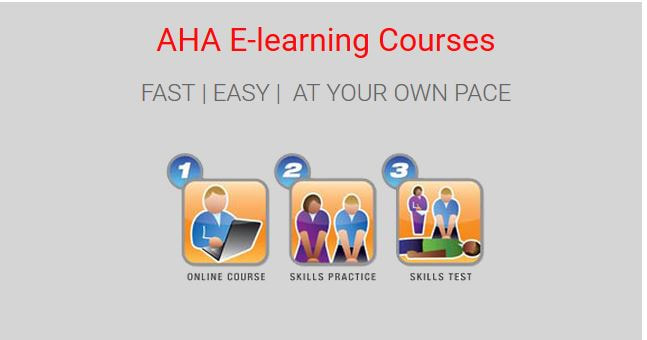 Importance Of CPR Training Improving CPR training could save more lives than any potential breakthrough in science, according to a recent statement from the American Heart Association. The statement was published in Circulation and highlights the importance of CPR to treat sudden cardiac arrest. CPR, which stands for cardiopulmonary resuscitation, is an emergency technique that saves lives when the heart suddenly stops beating. It includes a combination of chest compressions and mouth-to-mouth breaths, or chest compressions only for hands-free CPR. Studies show that CPR can double or even triple the chances of survival after sudden cardiac arrest. The challenge, however, is to ensure that as many people as possible are properly trained in CPR. Each year, more than 500,000 cardiac arrests occur in the United States. These events can happen anywhere - at home, at work or in public places. In such a situation, having someone nearby who is groomed in CPR could mean the difference between life and death. However, authors state that online and face-to-face CPR training sessions are not standardized. In other words, not everyone who studies CPR obtains the same quality of training. For example, some courses may involve more practice than others, which increases the likelihood that participants will understand and feel confident in CPR techniques. Lessons can also vary depending on the number of times participants repeat key lessons, which helps ensure that they keep the information after the training. According to the authors, repeated lessons are important because many people may forget their training a few weeks or months after their CPR class. In good turn of events, local CPR trainers provide a plethora of recommendations for improving CPR courses, such as spacing training, providing feedback to participants, and putting the importance of CPR and how it works in context. Together, they believe these strategies can help improve survival after sudden cardiac arrest inside and outside the hospital. Ultimately, the authors note that all CPR courses have the same goal, which is "to increase the probability that the learner will be able to save a life in cardiac arrest when every moment matters." Methodologies such as feedback and spaced learning could aid trainees in memorizing data during CPR training, which experts say will, in turn, increase survival rates after sudden cardiac arrest. Importance Of BLS Training According to the World Health Organization (WHO), approximately 17.7 million people died from cardiovascular disease in 2015, accounting for 31% of all deaths worldwide. Of these deaths, approximately 7.4 million were due to coronary artery disease and 6.7 million to a stroke. The numbers don't lie, and with so many people around the world suffering from heart disease, it's important to know what to do in the event of a cardiac or fatal medical emergency. Basic Life Support (BLS) training is the bedrock for rescuing lives after cardiac arrest and various other life-threatening situations. BLS techniques are administered when a victim appears unconscious, suffocated or suffers from cardiac arrest. BLS techniques operate in a way to circulate a little ounce of oxygenated blood round the individual's body to reduce damage to organs and the brain in the case of cardiac arrest. BLS techniques are administered pending the arrival of paramedics or first responders. A basic BLS training course focuses on what rescuers need to know to perform high-quality CPR in a wide variety of settings. You will also learn how to respond to sweltering emergencies. The course content and results include:
Importance Of ACLS Training The Advanced Cardiac Life Support (ACLS) training builds on basic life-saving skills (BLS), emphasizing the importance of continuous, high-quality CPR. This advanced training exposes the usefulness of efficient team dynamics, chemistry and communication, care patterns, and identification and rescue methods for cardiopulmonary attacks, sudden post-cardiac arrest, acute dysrhythmia, stroke and acute coronary syndromes (ACS). The ACLS training session is programmed for healthcare experts who contribute to the management of cardiopulmonary attacks or other related cardiovascular impromptu situations. The course adheres to guidelines promoted by the American Heart Association (AHA) for the clinical management of basic and advanced cardiac resuscitation. After completing the ACLS training, you should be able to:
 ACLS stands for Advanced Cardiac Life Support. Certification in ACLS means you know how to handle patients in a cardiac crisis, ranging from heart attacks to strokes, and everything in between. When a person comes into the emergency room, its people like you who are ACLS certified who will ultimately decide whether they live or die. ACLS is different from BLS training in that you are able to do more with those certifications. Here's how it looks in a nutshell:
Why certify in ACLS : If you want to work in the emergency department, ACLS may be a prerequisite. Even if you have no plans to use it however, learning advanced life saving skills could come in handy no matter where you are at. Advanced life saving skills increase the chances of your patient's survival, whether it is an elderly client having a heart attack in your waiting room, or even a random stranger off the street. Aside from the obvious reasons of saving lives, getting advanced certification also makes you more employable. In today's tough job economy, it's not always easy to find a great job, and there's a lot of competition. ACLS may make the difference between getting a good job, or having to wait months before you find something. Certification Tips: ACLS training is in depth and will give you a better understanding of how to save lives during a cardiac emergency. In order to get this life saving information however, you need to apply yourself to your studies. You can get the most out of your studies in the following ways:
Getting CPR certified is on the to-do list for many people, but it's one of those things that always seems to be bumped down to the bottom of the list. You know that CPR is important, but since you haven't ever really felt the need for it, you put off getting the certification. Unfortunately, when an event does arise where knowing CPR could be life saving, you need to know CPR that exact moment. Too many people sign up for a CPR course because they knew someone who could have been saved if they had only known this critical life saving skill. If you've been thinking about signing up for some CPR training services near you, here are 3 great reasons why you should book that appointment today. It Saves Lives If someone performs CPR on a person in cardiac arrest, their chance of survival can as much as triple. By the time an EMT arrives on scene, that window of opportunity has passed. Right now, only 46% of people are in a place where someone with CPR training can help them. When you learn CPR, you are becoming that beacon of hope for people. Already know CPR? Brushing up on your skills can help keep it fresh for you, and you can maximize your life saving capabilities by learning children and infant CPR as well. Learning more can only help you improve, so that no matter what crisis you come across in your day to day living, you'll be able to save a life. There are even pet CPR courses available in some areas, which are extremely useful for those who work with animals. Gives you more confidence Taking a CPR class gives you the power to save a life. When you know that if a crisis happens, you could be the one that stands between life and death for a person, it changes how you look at life. Many people who take CPR classes report feeling more confident in their day to day activities. Even though learning CPR is just one part of your life, that confidence can spread to your work and social life as well. We can all do with a little dose of extra confidence, and CPR could be just the way to do it. It makes you a more valuable employee If a business is not within a 3-4 minute drive of a hospital, they are required to have one or more of their staff trained in CPR. Certain types of work, such as those involving children or dangerous work such as in electrical, require that all workers learn CPR. If you already know CPR, this makes you a more valuable employee for any business. There's no reason not to, and every reason to take advantage of the benefits of this easy and practical class. There are many benefits to signing up for CPR training services, and no real drawbacks. The next time CPR training services become available in your area, don't hesitate, get training now, and be prepared to save a life. Contributed by: Go CPR NY 6400 Saunders Street Rego Park, NY 11374 (718) 785-5559 http://www.gocprny.com References
The episode, entitled “Stress Relief” goes a little something like this; Dwight, tries to teach a lesson to his fellow staff members. It inevitably backfires. Something crazy happens, in this case, beloved coworker, Stanley, suffers a heart attack. Dwight's safety officer position is stripped. What happens next? Michael Scott arranges a cardiopulmonary resuscitation (CPR) training session for employees. The result? Almost exactly ten years after airing the episode, Cross Scott uses what he observed, to save a woman - in real life.
Now, while there is the lovely coincidence of these two characters sharing the same last name - Michael Scott, played by Steve Carell, is fictional; while 21-year old Cross Scott of Tucson Arizona is real. Cross Scott happened to watch the episode “Stress Relief” of The Office. Obviously, this episode did not provide real CPR training - but that did not stop Cross from applying what he had learned. Beginning with seeing a woman in her car slumped over the steering wheel, Cross decided he had to do something. He broke into the car and began to conduct CPR - the way he had seen it done on The Office. Including the charming detail of singing the song “Stayin’ Alive” by the Bee Gees in order to maintain the appropriate rhythm while administering chest compressions. After about a minute of administering chest compressions, the woman began to breathe again. Paramedics arrived and took over from there. A few points to take note of from this story:
This begs the question, why isn’t CPR training more available at the most basic levels for the sake of public safety? Why isn’t it taught in public school? Why isn’t it offered at work? Sure, it costs a little to invest in the safety and well-being of children, loved ones and even the perfect stranger. Isn’t it worth it, though? If all it takes is simply registering for a CPR course to potentially save someone's life… The fact that the writers of The Office had the good sense to provide sufficient real guidance as to what to do in an emergency situation, well it’s a true blessing. The result is that a woman's life was saved. The world of TV actually helped, this time. Let’s not go crazy though, not all skills and training can be provided by Dunder Mifflin. What would you do if someone you know suddenly has a heart attack in front of you? Ideally, you’re able to perform basic CPR and other life-resuscitation methods until medical support arrives. But sometimes it takes a lot more than that to save someone’s life. Once that patient arrives at a hospital or any emergency care facility, medical professionals have tools and training to give advanced intervention. One of those is ACLS.
ACLS means Advanced Cardiac Life Support. Also known in the medical world as "Code Blue Management", the art of dealing with cardiac arrest. It is very special training that is provided to medical professionals who respond to emergency situations – from the team who arrives in the ambulance, to the nurses and doctors who meet you in the emergency room, or even to caregivers or nursing home staff. WHO NEEDS TO KNOW ACLS? ACLS classes and certifications are only available for people who have prior medical background. While anyone can take it, there are some people who are more likely to need this kind of special emergency care training. These include:
HOW TO GET ACLS TRAINING ACLS training is offered both in medical facilities and through online programs. It is challenging for many medical professionals to make the time for any kind of study – with all those long shifts, it may even be challenging for them to get 3 square meals a day. Nevertheless, an ACLS certification can make a difference not only in your career but in somebody’s life. Prioritize your ACLS training and have the knowledge and skill for emergency situations. Go CPR NY 6400 Saunders Street Rego Park, NY 11374 (718) 785-5559 http://www.gocprny.com |
AuthorGo CPR NYC Archives
November 2022
Categories |
Our Address
|
OFFICE HOURS
Monday 7:00 AM-8:00 PM
Tuesday. 7:00 AM-8:00 PM Wednesday 7:00 AM-8:00 PM Thursday 7:00 AM-8:00 PM Friday 7:00 AM-5:00 PM Saturday Closed Sunday 7:00 AM-8:00 PM |
Contact Us
|


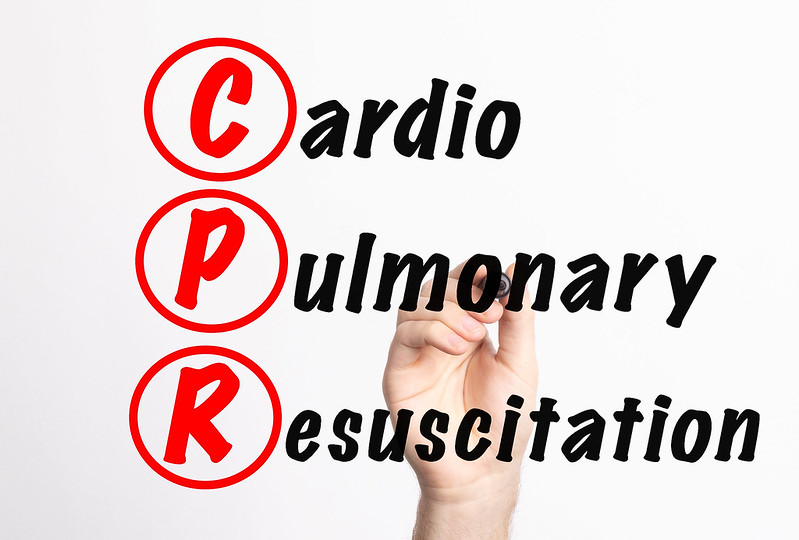
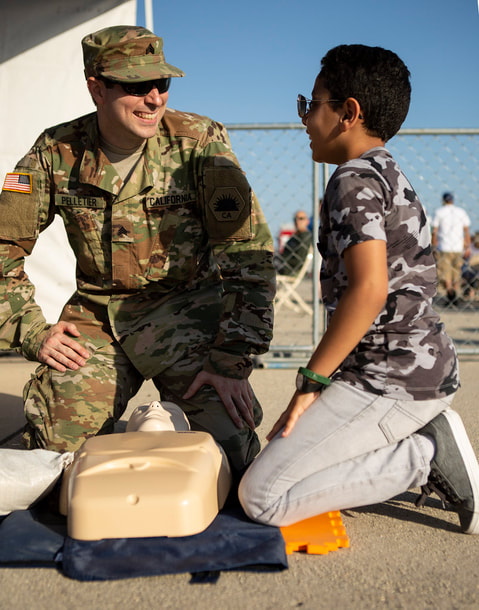
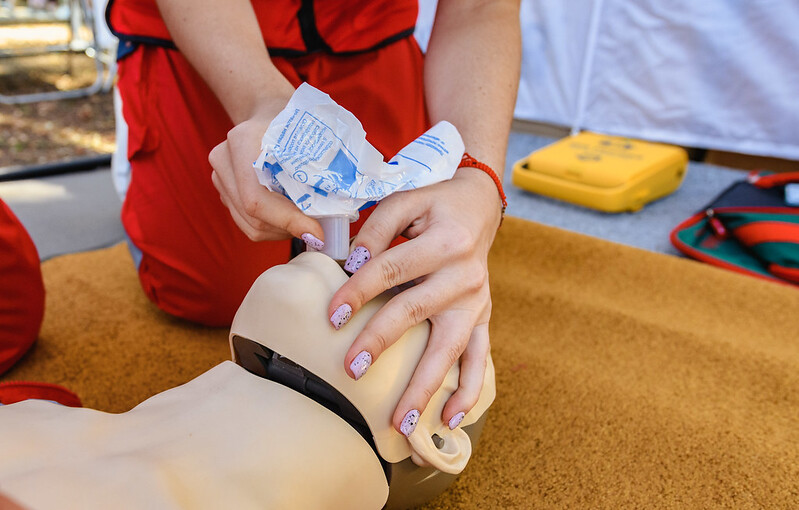
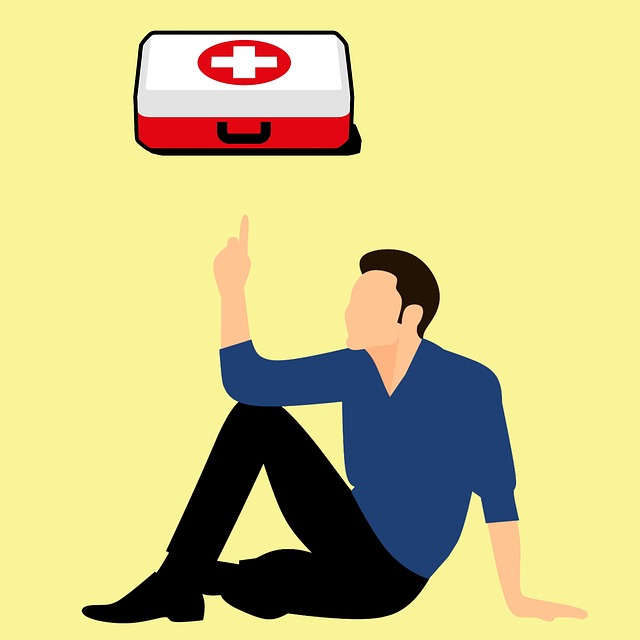
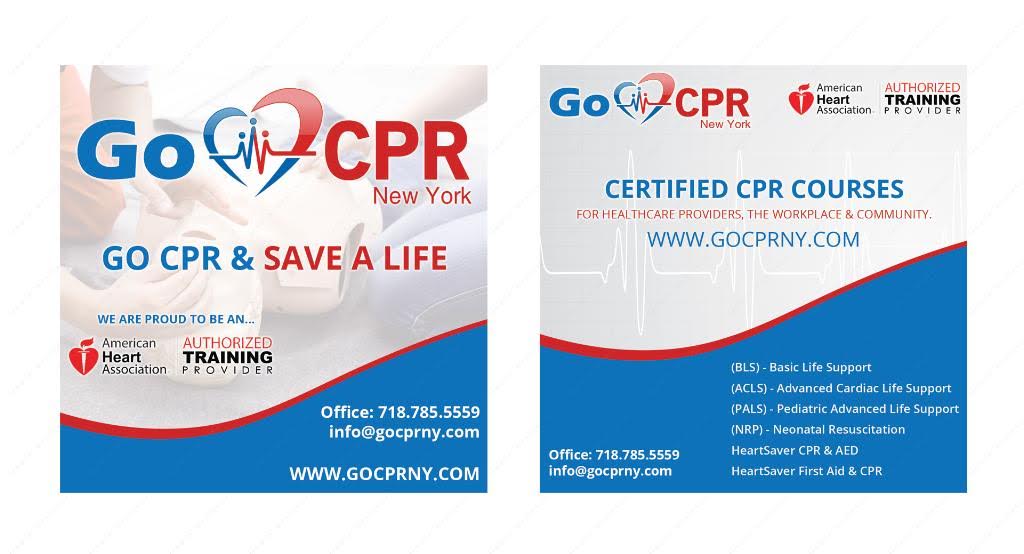
 RSS Feed
RSS Feed